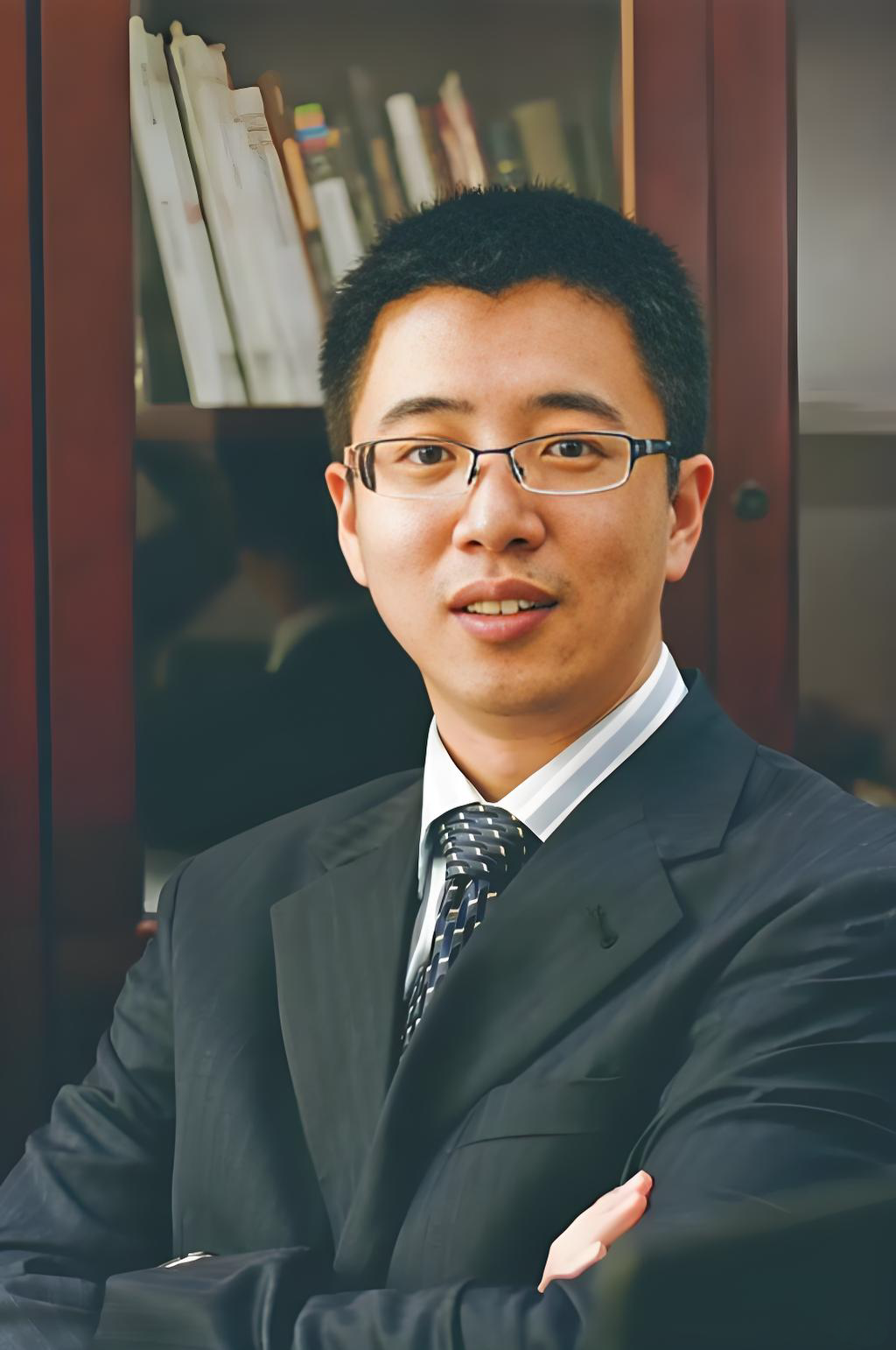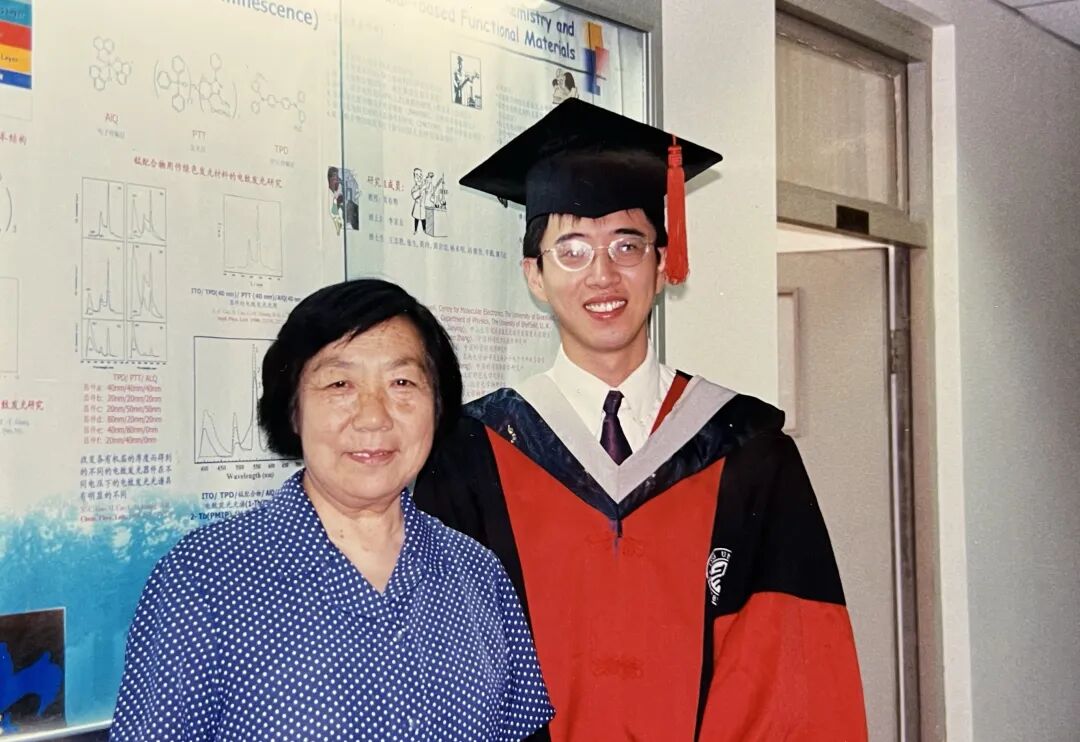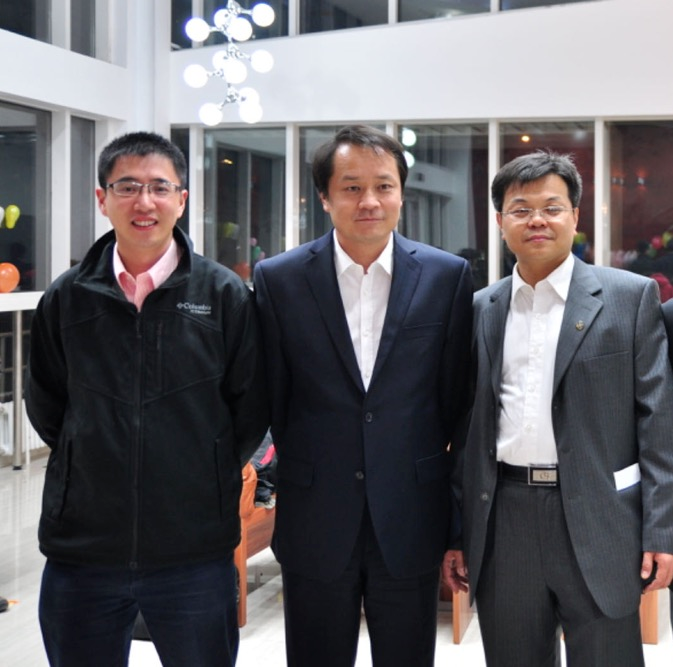Peking University, November 10, 2025: An expert in gene sequencing and microfluidics, Huang Yanyi navigates among biology, chemistry, and even photography. Through cross-disciplinary exploration and an uncompromising pursuit of scientific perfection, he has forged a distinct scientific identity.
Now a co-founder of the Peking University Biomedical Pioneering Innovation Center (BIOPIC), a principal investigator at the Peking-Tsinghua Center for Life Sciences, and a professor at Peking University’s College of Chemistry and Molecular Engineering, Huang Yanyi began his scientific journey at Peking University, where he received direct admission to the College of Chemistry for his exceptional achievements in chemistry competitions.

Huang Yanyi
Inspired by his PhD advisor Professor Huang Chunhui’s philosophy of “doing what you love,” he worked broadly across laboratories, gaining exposure to new fields and approaches.
Huang later pursued postdoctoral research at the California Institute of Technology, joining the group of Professor Amnon Yariv, a pioneer of modern photonics, to study micro- and nanophotonic devices. Three years later, he made another transition and joined the lab of Professor Stephen Quake, a physicist-turned-bioengineer.
Within a year, Huang rapidly established himself as a scientist proficient in microfluidics.
In 2009, two years after returning to Peking University as a faculty member, Huang Yanyi received a phone call that would change the course of his career. The call came from Professor Xiaoliang Sunney Xie, whose lab Huang had dreamed of joining as a postdoctoral researcher when completing his Ph.D.

Huang Yanyi with his PhD advisor Huang Chunhui, Academician at Chinese Academy of Sciences.
Professor Xie was inviting him to Harvard University for training in stimulated Raman scattering microscopy – a field Huang had long been passionate about. He accepted without hesitation. A few months later, Professor Xie, together with Su Xiaodong and Huang Yanyi, applied to Peking University to establish BIOPIC, dedicated to advancing and applying cutting-edge bio-optical imaging and DNA sequencing technologies.
Entrusted by Professor Xie, Huang Yanyi began to devote himself to the development of DNA sequencing instruments. Sequencing technology is an inherently interdisciplinary pursuit, drawing on chemistry, biology, optics, information science, materials science, and micro-/nano-fabrication – a challenge perfectly aligned with Huang’s long-standing cross-disciplinary background.
Yet while his broad training gave him a wide scientific vantage point, turning that vision into reality was far from easy. Success demanded not only a deep understanding of the fundamental principles of sequencing science, but also a near-obsessive rigor in engineering detail. For a long period, his team struggled to find the crucial breakthrough. Still, driven by a pursuit of perfection and scientific innovation, they pressed on with determination.
In the autumn of 2014, after continuous refinement and countless repetitions, Huang’s team finally achieved their first striking result. A sequencing reaction performed inside a single capillary clearly validated their hypothesis: they obtained a fully correct DNA sequence over 200 nucleobases long. This demonstrated that core concepts from information theory could indeed be applied to sequencing chemistry.
For the first time, Huang’s team introduced the concept of redundant coding into sequencing, ingeniously combining it with a low-error fluorescence-based sequencing method. By applying information-theoretic principles to correct DNA sequencing errors, they significantly enhanced the accuracy of high-throughput sequencing.
In 2017, their work was published in Nature Biotechnology, where it was praised as “highly innovative, significant, and truly impactful.”
After establishing the foundational principles of their new DNA sequencing concept, the team built a proof-of-concept prototype. Yet this prototype was not a fully functional instrument that could be widely adopted. Determined to create a truly usable sequencer of their own, they believed it had to undergo rigorous industrial refinement and follow a genuine path toward commercial production.
Huang Yanyi with Xiaoliang Sunney Xie (middle) and Su Xiaodong (right).
To build a perfect sequencing instrument, Huang Yanyi’s team integrated the strengths of academic research and industrial engineering, bridging multidisciplinary scientific innovation with practical manufacturing workflows. Their original sequencing strategy ultimately advanced from laboratory concept to industrial reality, entering commercial application in 2022.
More than a decade after BIOPIC set its vision to build a new gene-sequencing ecosystem led by China, that dream is steadily becoming a reality through their persistent effort.
Research is much like photography, Huang Yanyi says. “One must keep a wide field of view to perceive the beauty of the world.” At the same time, through the viewfinder, the focus must be precise and sharp.
Freedom and focus, the ability to explore broadly yet remain firmly grounded in rigor, are both the spirit that defines BIOPIC and the tradition Huang inherited from pioneering Peking University scientists.
Written by: Wang Ruochen
Edited by: Sean Tan, Chen Shizhuo
Source: PKU News (
Chinese)


